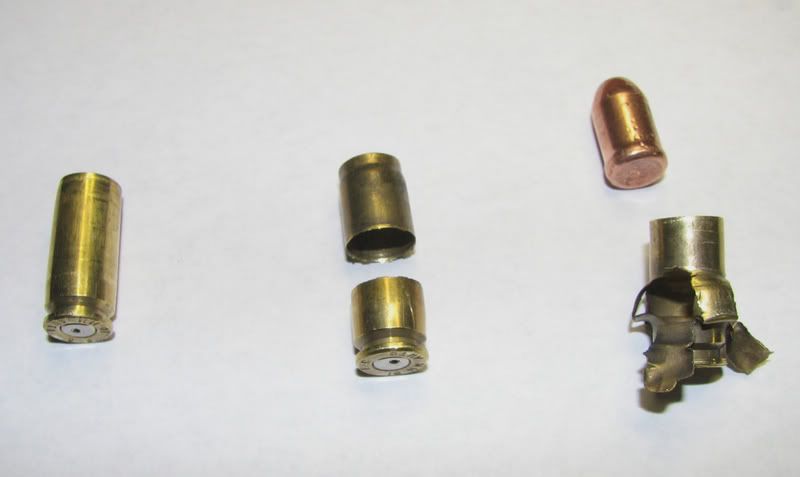I've been reloading for several years now, and have been shooting reloaded rounds for the better part of 30 years. Only problem I've ever run into was a squib in one of my grandfather's loads for my .45ACP. Luckily I was able to easily tell that something wasn't right with the round before firing the next one.
Lots of good advice on this thread, and here's my two cents:
Get a system going, and abide by that system, regardless of caliber or any other factors. I do the same steps in the same order every time for each rifle or pistol I reload for and have yet to have a problem. This includes periodic spot check of my powder charges (used to be every 10 for pistol, but I generally do every 25 now due to the fact that I learned a long time ago that loading up magnum rounds for plinking takes a lot of the fun out of plinking, so a small variation in powder charge one way or another isn't a major issue at all).
If you figure out what procedure works for you, including how you lay out your equipment and supplies, and stick to it religiously, you won't have an issue.
And as a general rule, you can reload rifle rounds for about 1/3 the cost of buying factory, and pistol rounds run me about 1/5 the cost of factory (that is using cast lead projectiles for plinking and range time).
If you are just getting into reloading, I strongly suggest looking at a single stage press by a reputable manufacturer. RCBS makes the Rock Chucker kit that includes the press, scale and powder drop. Add to that your dies (I prefer Lee dies, but RCBS, Redding, Dillon and a few others make quality brands as well), a caliper to measure case length and overall length, and a decent tumbler will get you going for a long time.
And for your tumbling media, go to Petsmart and get you the 20lb bag of walnut bird bedding for about $20. It is the same stuff that everybody else charges about 10x the price for. I put a cap full of NuFinish car polish about every 5th load, and the media lasts forever.


